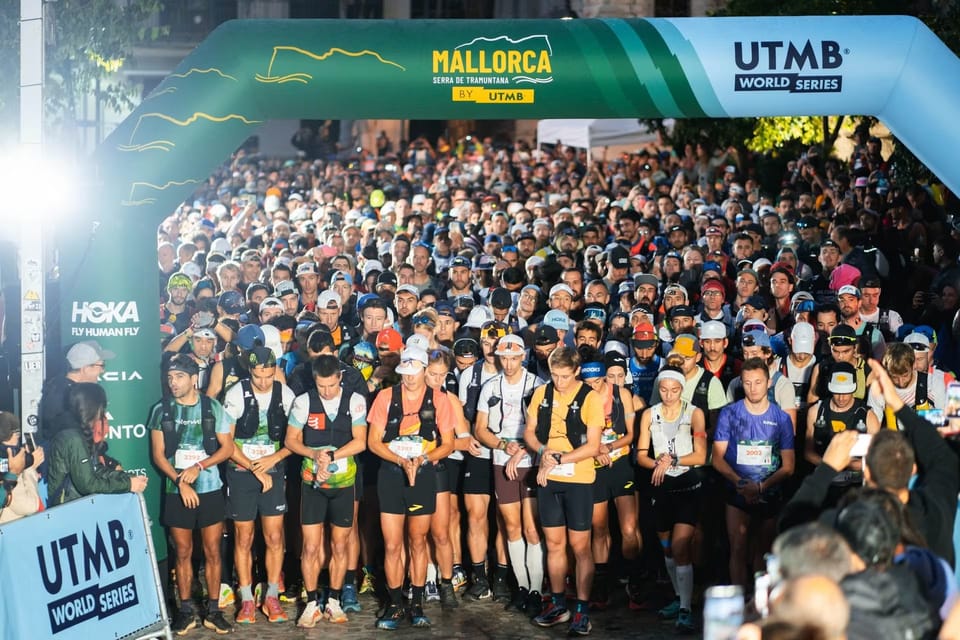SLOW DOWN!

This one may seem somewhat obvious, but it’s actually harder to put into practice than you might think. I see this all the time on Strava (which in my opinion is a big part of the problem!) Most of us do most of our training at an intensity that isn’t either (a) easy enough to allow for full recovery before the next run, and (b) hard enough to produce the physiological adaptations we are looking for.
If you want to be a stronger runner and avoid injury most runs should be easy, almost too easy. Conversation should be easy. Walk the hills if you have to and run with your slower friends! Workouts, however, should be tough! A sprinkle of intensity on a base of easy running has been shown to be very effective and in my opinion not only leads to greater fitness gains but reduces the risk of injury, because you actually go into tougher workouts in a state of recovery!
Stephen Seiler coined the term polarized training. 80% of workouts should be in the easy aerobic zone; 20% should be at threshold or above. Think of threshold as the point at which breathing becomes laboured and completing sentences is difficult.
Of course there are nuances, but the average runner can do a lot worse than to slow down most of their runs. Those easy runs promote good relaxed running form, and under the hood all kinds of marvellous adaptations take place such as improved fat oxidation, improved mitochondrial function and more!
Remember to take at least one complete rest day per week too. Rest days should be just that, too - rest! Don’t lift weights, ride your bike or cross train on these days; that ain’t rest!



